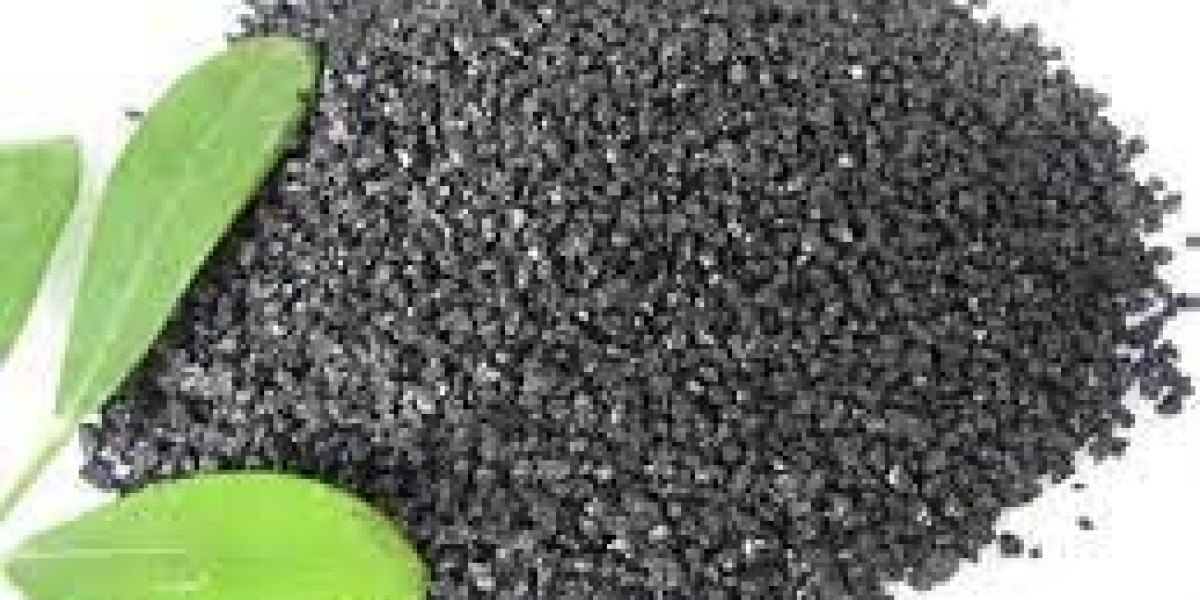Using humic acid to improve soil health is a common practice in agriculture and gardening. Humic acid is a natural organic compound derived from decomposed plant and animal matter. It can enhance soil fertility, structure, nutrient availability, and microbial activity. Here are some steps to effectively use humic acid to improve soil health:
1. Soil Analysis: Begin by conducting a soil analysis to understand the current state of your soil. This analysis will help determine the nutrient deficiencies or imbalances, pH level, and other soil characteristics. It will guide you in determining the appropriate amount of humic acid to apply.
2. Choose the Right Humic Acid Product: There are various forms of humic acid products available, such as granules, powders, and liquids. Select a high-quality humics acid product from a reputable supplier. Consider factors like concentration, purity, and compatibility with your soil and plants.
3. Application Timing: Apply humic acid at the right time, depending on the crop or plants you are growing. It can be applied during soil preparation, seedling transplanting, or as a top dressing during the growing season. Follow the product instructions for specific application rates and timing.
4. Application Methods: There are different application methods for humic acid, including soil incorporation, foliar spraying, and irrigation. Soil incorporation involves mixing the humic acid into the soil during cultivation or by using a broadcast spreader. Foliar spraying involves applying a diluted solution of humic acid directly to the plant leaves. Irrigation methods involve applying humic acid through irrigation systems to deliver it directly to the root zone.
5. Recommended Dosage: Follow the recommended dosage guidelines provided by the humic acid product manufacturer. The dosage can vary depending on the product concentration, soil type, and crop requirements. Over-application of humic acid may have adverse effects, so it's important to apply the recommended amount.
6. Monitor and Assess: Regularly monitor your soil and plants to assess the impact of the humic acid application. Observe changes in soil structure, nutrient availability, plant growth, and overall plant health. Adjust the application rates or frequency if necessary based on the observed results.
7. Organic Matter Management: Along with using humic acid, it's important to incorporate other organic dry matter management practices. This includes adding compost, cover crops, and crop residues to enhance organic matter content in the soil. The combination of humic acid and organic matter can improve soil health synergistically.
8. Regular Application: Humic acid is not a one-time solution. To maintain soil health and reap long-term benefits, it's recommended to apply humic acid regularly as part of your soil fertility management program. Follow the recommended application schedule and monitor the results over time.
Remember, while humic acid can improve soil health, it should be used in conjunction with other soil management practices tailored to your specific soil conditions and crops. Regular soil testing and consulting with agricultural experts can provide further guidance on optimizing the use of humic acid nz for your specific needs.
Conclusion
Humic acid into your soil management practices can be beneficial for improving soil health. By following the steps outlined above, including soil analysis, selecting the right humic acid product, applying it at the appropriate timing and dosage, and monitoring the results, you can enhance soil fertility, structure, nutrient availability, and microbial activity. Humic acid works synergistically with other organic matter management practices, such as adding compost and cover crops, to maximize the benefits to your soil and plants. Remember to regularly assess the impact of humic acid application and make adjustments as needed. By incorporating humic acid into your soil fertility management program and maintaining regular application, you can foster long-term soil health and optimize plant growth and productivity.







